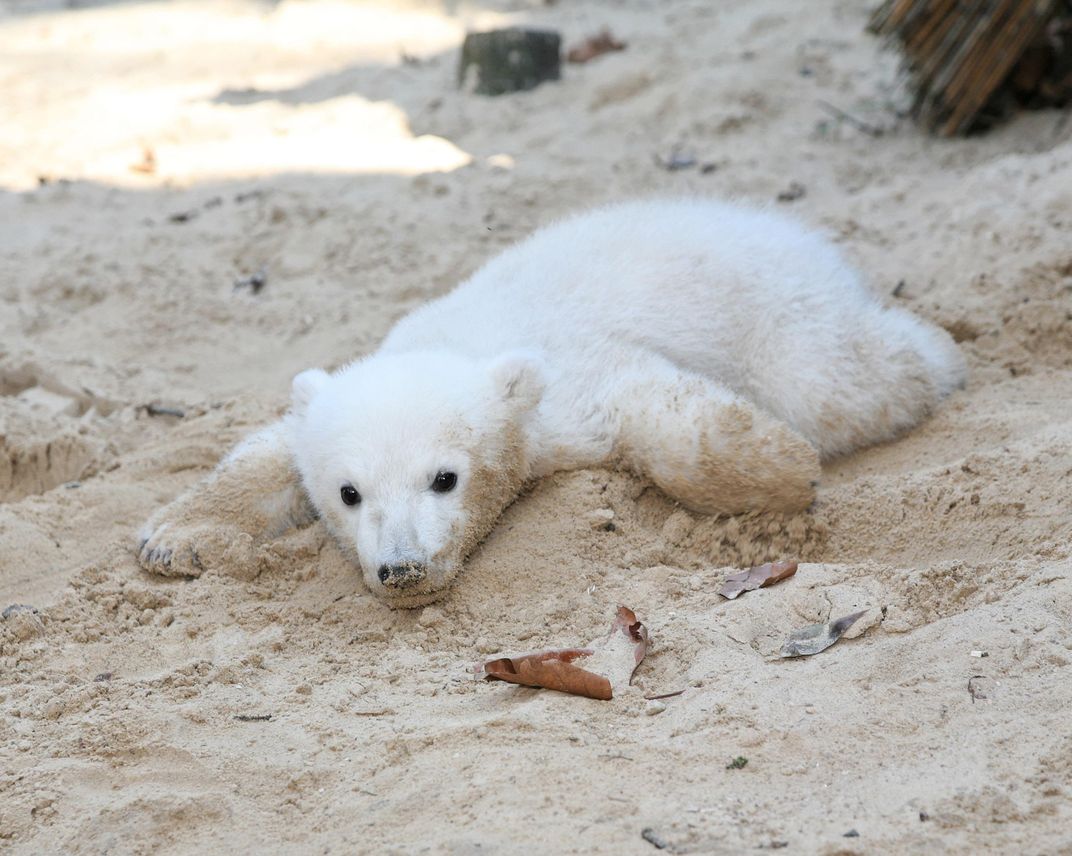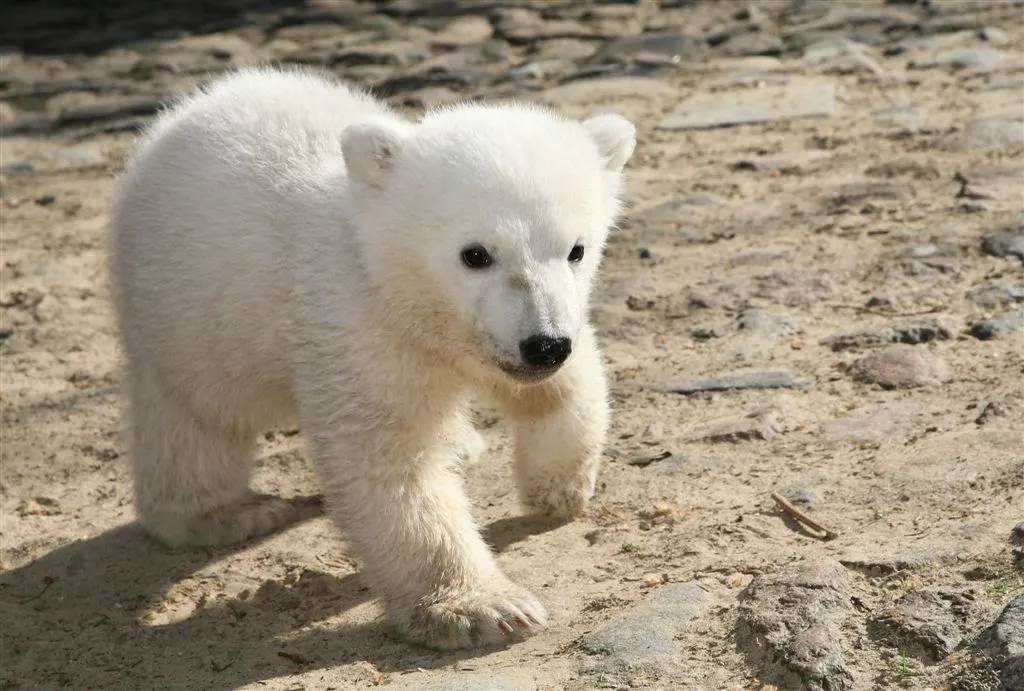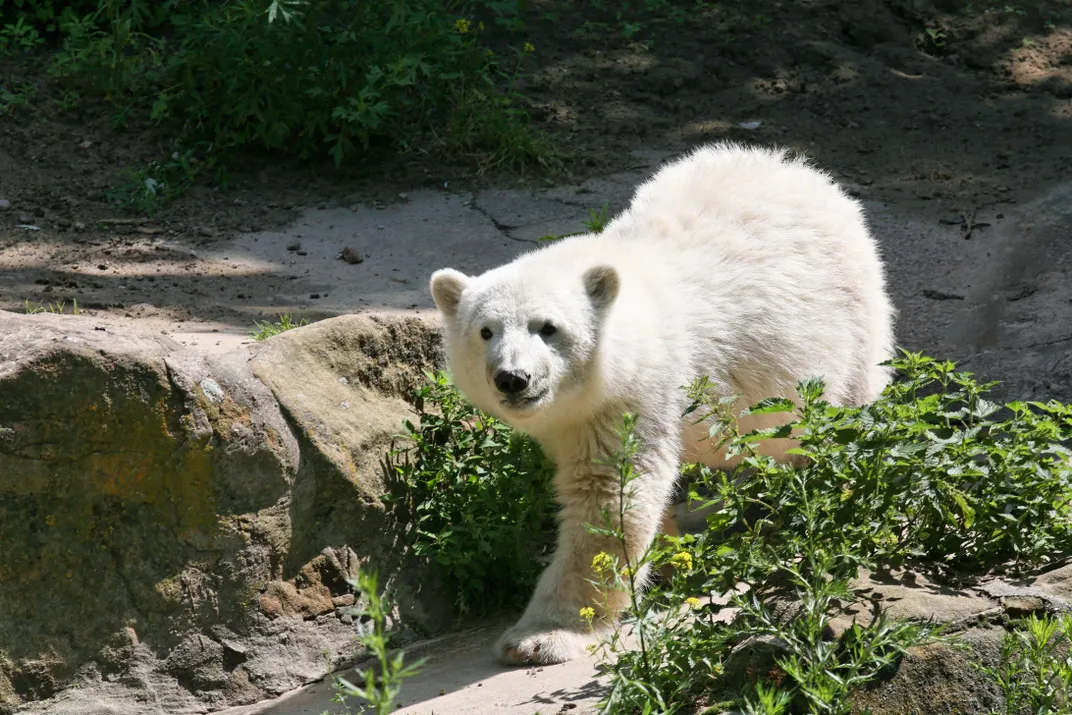Knut the Polar Bear’s Mysterious Death Finally Solved
The famed Berlin Zoo bear suffered from an autoimmune disease that until now has only been known to occur in humans
/https://tf-cmsv2-smithsonianmag-media.s3.amazonaws.com/filer/3d/24/3d24d1d3-9b37-42bd-9ecf-71465e4248e1/knut_copyright-zoo-berlin-11_2.jpg)
On March 19, 2011, Knut, a beloved polar bear and the Berlin Zoo’s key attraction, began behaving erratically. Spinning in circles, Knut appeared to be losing control of one of his back legs, which was shaking wildly. Moments later, the 300-pound bear collapsed backwards, falling into the pool in his enclosure. Visitors watched in confused horror as Knut drowned.
In the wake of Knut’s death, hundreds of fans left stuffed animals and flowers near the deceased bear’s cage, and the mayor of Berlin even issued a public statement mourning his passing. Meanwhile, zoo staff and researchers began searching for the cause of Knut’s unexpected death.
Captive polar bears can live into their 30s, and Knut was just four years old. The bear previously seemed to have been in good health, but an autopsy revealed that his brain had been severely altered just before he died, pointing to a seizure caused by encephalitis, or a swelling of the brain. Knut’s extensive postmortem report indicated that the bear’s encephalitis was so severe that it would have killed him even if he had not fallen into the pool. But critically, the report failed to identify what caused that deadly condition in the first place.
Now, a multi-disciplinary team of German researchers has finally pinpointed the culprit. Announced today in Scientific Reports, the team says Knut suffered from anti-NMDA receptor encephalitis, a disease that causes the immune system’s antibodies to attack nerve cells in the brain. It is the most common type of non-infectious encephalitis that affects people—but this is the first time the condition has been found in an animal.
People diagnosed with the autoimmune condition often display symptoms similar to Knut’s final moments, including loss of balance, involuntary movements and epileptic seizures. It was only a few years ago, however, that the cause of the malady was discovered in humans. Until about 2005, encephalitis cases that couldn’t be traced back to a microbial infection were simply written off as unidentified and unsolved. Now diagnostic tests and treatments are available.
The new study came about when Harald Prüß, a neurologist at the German Center for Neurodegenerative Diseases, noticed striking parallels between Knut’s case and his work with human patients. Prüß contacted the wildlife experts who had conducted Knut’s postmortem exam, and together they decided to take a closer look at the bear’s brain, which had been stored in the hopes of eventually solving the mystery of his death.
The researchers discovered high levels of telling antibodies in Knut’s cerebrospinal fluid. In humans with this autoimmune disease, rogue antibodies bind to the NMDA receptors on neurons, impairing their ability to control electrical impulses in the brain. Applying the same diagnostic technique used for humans, the team exposed sections of rat brain to the antibodies from Knut’s fluids. They found that the antibodies bound to the rodent brain in the same way they do in humans suffering from anti-NMDA receptor encephalitis.
Knut’s case raises the possibility that this disease affects a number of other animal species. And given the similarity between Knut’s pathology and human cases, it is possible that treatments used for people could work for other species, too, the researchers report.
“We are relieved to have finally solved the mystery of Knut’s disease, especially as these insights could have practical application,” co-author Alex Greenwood, an expert in wildlife diseases at the Leibniz Institute for Zoo and Wildlife Research, said in a statement. “If the current therapy for human patients is also suitable for wild animals, many cases of fatal encephalitis in zoos may be prevented in the future.”
/https://tf-cmsv2-smithsonianmag-media.s3.amazonaws.com/accounts/headshot/Rachel-Nuwer-240.jpg)





/https://tf-cmsv2-smithsonianmag-media.s3.amazonaws.com/accounts/headshot/Rachel-Nuwer-240.jpg)